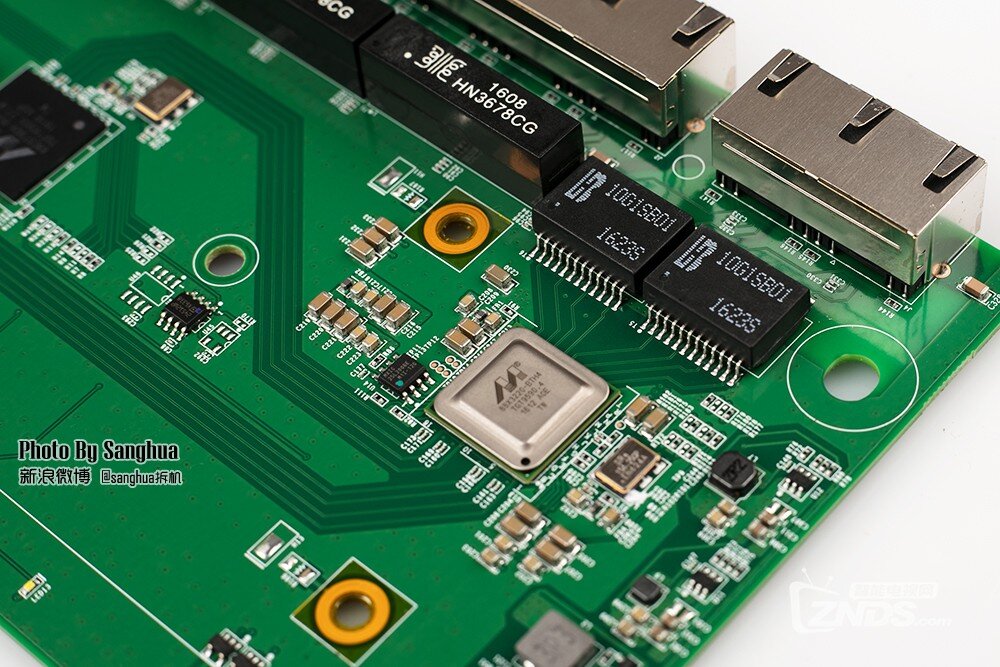Common quality control and inspection methods for component assembly
Date:2024-08-27 14:00:00 Views:264
components and partsAssembly quality control and inspection are important links to ensure the performance and reliability of electronic products. The following are commonly used quality control and inspection methods:

Quality control methods
1. Design review:
- Review during the product design phase to ensure that the design meets manufacturability requirements(DFM)And testability(DFT)The principle.
2. Process control:
- Adopting statistical process control(SPC)Monitor key parameters during the assembly process to ensure process stability and consistency.
3. Standard Operating Procedure(SOP):
- Develop detailed homework instructions to ensure standardized operation of each process and reduce human errors.
4. Training and Education:
- Provide regular training for operators to enhance their understanding and skills in assembly quality.
5. Material control:
- Use qualified raw materials and components to ensure that the materials comply with relevant standards and specifications.
6. Supplier Management:
- Evaluate and monitor suppliers to ensure stable quality of the components they provide.
Testing method
1. Visual inspection:
- Conduct a preliminary inspection of the assembly quality by visual inspection or using a magnifying glass to identify obvious defects, such as poor solder joints, component displacement, etc.
2. Welding quality inspection:
- useXRadiographic or ultrasonic testing is used to ensure the integrity of welding points and ensure that the welding quality meets the standards.
3. Electrical testing:
- Conduct functional and parameter testing to verify the electrical performance of the circuit, including DC and AC testing.
4. Automatic optical inspection(AOI):
- Use automatic optical inspection equipment to scan the assembled circuit board and identify missing components, incorrect installations, and solder joint defects.
5. Functional testing:
- Conduct comprehensive functional testing after assembly to ensure that the product can operate normally under actual working conditions.
6. Environmental testing:
- Conduct environmental tests such as high temperature, high humidity, and vibration on the product to evaluate its reliability under extreme conditions.
7. Aging test:
- Evaluate the performance stability of the product during long-term use through accelerated aging testing.
8. Failure analysis:
- Perform failure analysis on the discovered defects, identify the root cause, and propose improvement measures.
summary
Through effective quality control and inspection methods, the assembly quality of components can be ensured, and the reliability and performance of products can be improved. By combining various methods such as design review, process control, visual inspection, and electrical testing, assembly quality can be monitored and improved at different stages, reducing failure rates and enhancing customer satisfaction.




 Weixin Service
Weixin Service

 DouYin
DouYin
 KuaiShou
KuaiShou




















